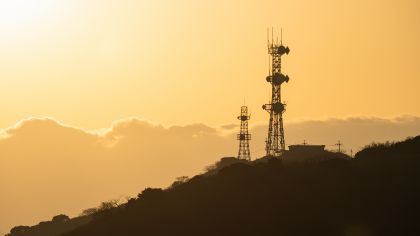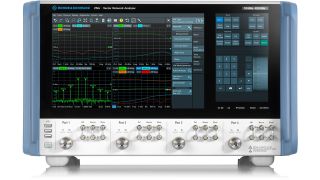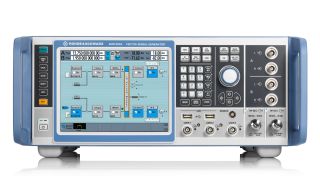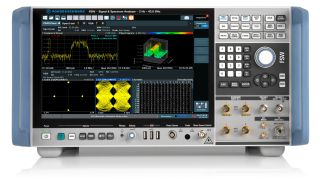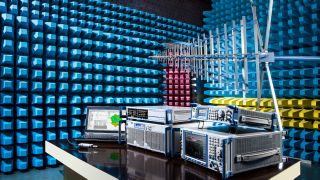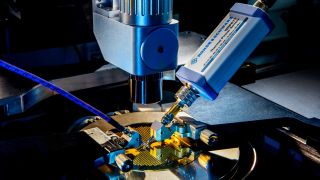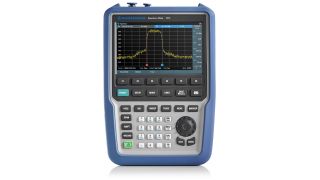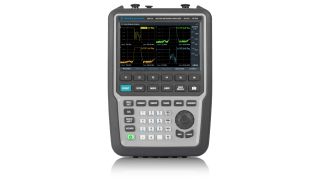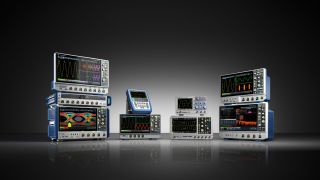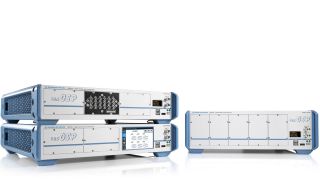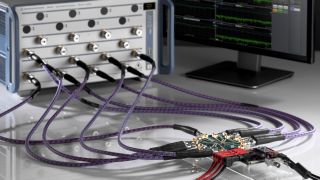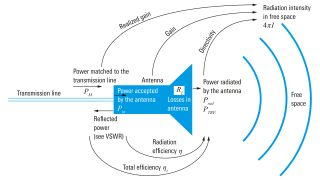AESA antenna testing for EMSO
Many different types of measurements are required to verify active electronically scanned array (AESA) and traditional antennas, determining whether they meet the expected performance level involved in many different measurement types.
Measuring radiation patterns and characterizing antenna parameters, such as voltage standing wave ratio (VSWR), gain, bandwidth, beamwidth, polarization, impedance and equivalent isotropic radiated power (EIRP), are typical core measurements employed to ensure optimal antenna performance. These parameters are interrelated and provide a comprehensive understanding of an antenna's capabilities and limitations in radiating or receiving electromagnetic waves. For instance, the radiation pattern illustrates how an antenna disperses energy in space; this is essential for directing signals in desired directions and avoiding interference with other systems.
AESA and traditional antenna parameters can be assessed through testing in an anechoic chamber, which provides a controlled environment free from external interferences, or outdoor range testing, which evaluates the antenna's performance in a real-world setting.
Evolved T/R modules for AESA antennas, which represent a significant development in the field of beam-forming antennas, require new measurement methods and solutions. The frequency range for AESA testing depends on the application but range from as low as 100 kHz to higher than 170 GHz.




